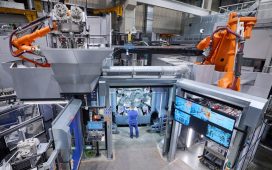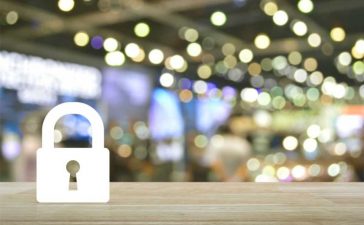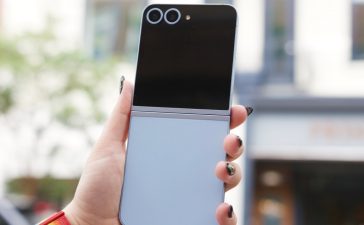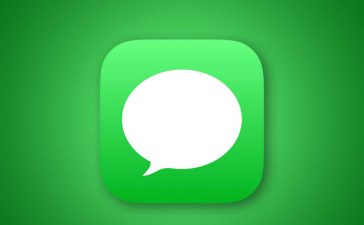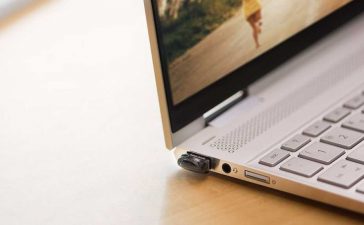Another major automaker is jumping on the Tesla bandwagon. Hyundai announced today its plans to adopt the North American Charging Standard (NACS), aka the “Tesla plug,” for its future electric vehicles.
Hyundai models compatible with Tesla’s NACS plug will start arriving in the fourth quarter of 2024. In the first quarter of 2025, the automaker will also provide adapters to its current customers so they can access Tesla Supercharger stations. Hyundai’s current EV lineup, which includes the Ioniq 5 and Ioniq 6, both have charging ports that are compatible with the Combined Charging Standard, or CCS, for DC fast charging.
So let’s just look at the scoreboard really quick
Tesla’s Supercharger network is widely recognized as superior to many of the third-party EV charging stations, most of which feature CCS plugs and the less utilized CHAdeMO charging standard. The company says it has 45,000 Superchargers worldwide, 12,000 of which are located in the US.
And while other EV charging stations struggle with software glitches and faulty chargers, Tesla says its Superchargers are nearly perfect in their reliability. The company says that the average uptime of Supercharger sites last year amounted to 99.95 percent, down marginally from 99.96 percent in 2021.
Until recently, Tesla Superchargers were exclusive to Tesla owners, but that began to change several years ago when the company started offering access to non-Tesla EVs. Earlier this year, the Biden administration announced that Tesla would begin to do the same in the US as a prerequisite to tap into some of the $7.5 billion for EV charging in the Bipartisan Infrastructure Law.
Unlike in Europe, Tesla Superchargers in the US use a proprietary connector — this was Tesla’s “competitive moat,” the thing that initially offered protection from other automakers. In order to allow non-Tesla vehicles to access the chargers, the company installed a device called the “Magic Dock,” in which a CCS adapter is applied to the connector.



